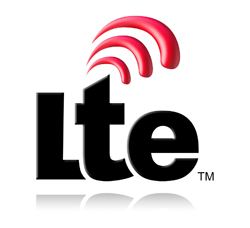Verizon Wireless has always been a very strange beast. Its DNA incorporates the tangled history of the U.S. phone industry since the 1983 court-ordered breakup of the Bell System.
Verizon Communications, which will finally become its sole owner of Verizon Wireless as a result of a $130 billion deal announced Sept. 2, is itself the successor to several companies created by the breakup. Verizon Wireless was born out of the merger of Bell Atlantic Mobile and GTE Mobile, both Verizon Communications subsidiaries, with AirTouch Plc, the one-time mobile unit of PacTel (which itself was later bought by SBC which became AT&T–I told you this was tangled.) AirTouch was owned by Vodafone, the big British mobile operator, and the deal created Verizon Wireless as a joint venture of which Verizon owned 55% and Voda 45%.
Customers can be excused if they thought Verizon Communications–which offers landlines, FiOS internet and television service, and business services–and Verizon Wireless were the same company. They used the same branding and offered unified ordering and billing. But they weren’t. The arrangement was particularly uncomfortable for Vodafone, whose 45% stake was a huge investment that gave it virtually no say in the management of the joint venture.
Vodafone will receive $59 billion in cash, $60 billion in Verizon Communications stock, and $11 billion in other consideration including Verizon’s stake in Vodafone Italy. Vodafone said it would distribute the stock to its shareholders along with $24 billion of the cash. The remaining cash will be used for a “new organic investment program.”
The deal, which is subject to approval by shareholders of both companies and by US and UK regulators, is expected to close in the first quarter of next year.


